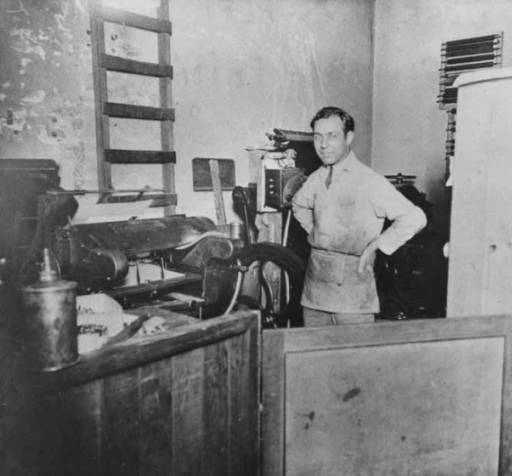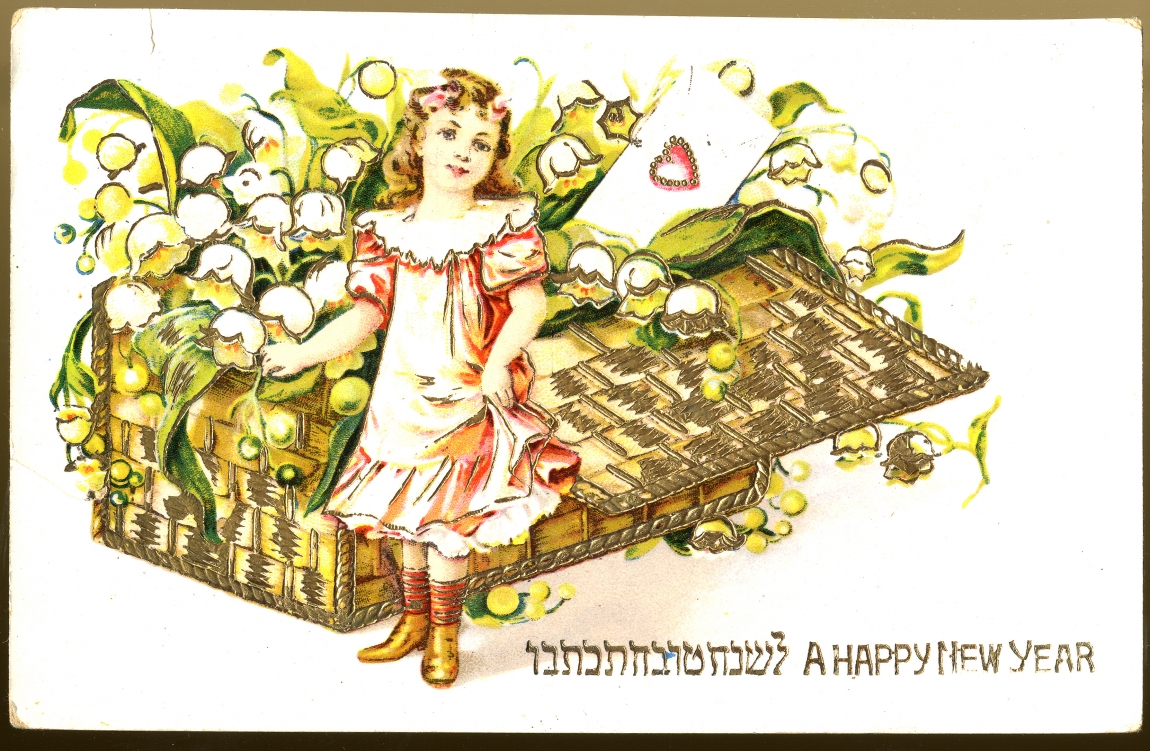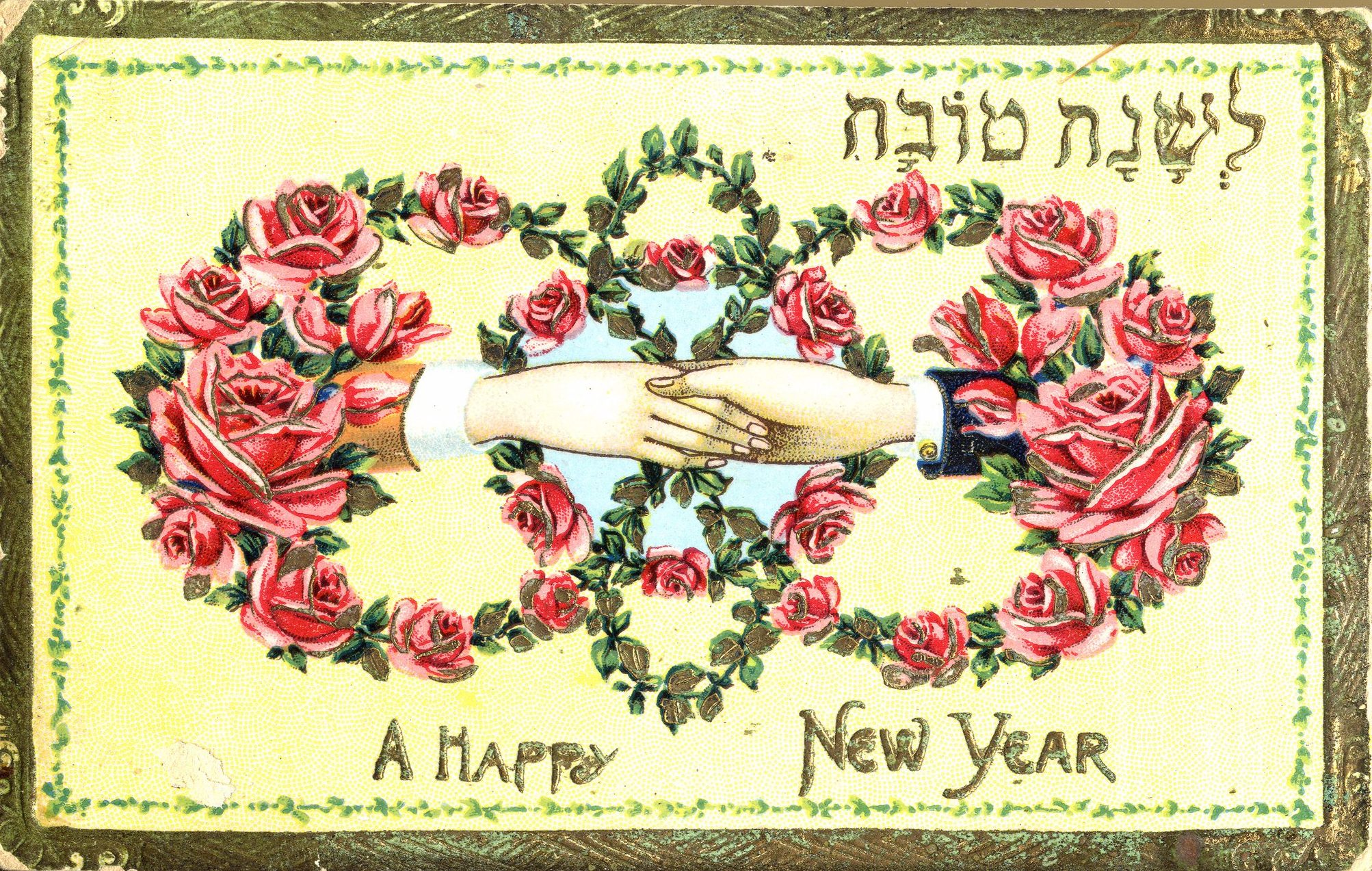A Turkish-Jewish Printer Arrives in Seattle

Printer Joseph Souriano working in his shop, Columbia Printing Co., on Seneca St., Seattle, Washington, 1923. Courtesy of University of Washington Special Collections.
In the spring of 1920, Joseph (Giuseppe) Albert Souriano smuggled himself as a stowaway to Seattle from Istanbul in order to avoid conscription in the Turkish army. He already knew at least six languages: he grew up in a Ladino-speaking home, studied Hebrew at synagogue, and learned Turkish in the street. In Istanbul, at the Alliance Israélite Universelle school, he learned French. Later, he attended the German language and trade school also located in his hometown, the Hilfsverein der deutschen Juden. In this school he successfully learned the printing business, and his fluency in languages later qualified him to become an apprentice in a German-owned printing company in Seattle. Eventually, Souriano opened his own business, the Columbia Printing Company located in downtown Seattle. Souriano’s education and linguistic skills allowed him to run a successful printing press that served the needs of the Sephardic community far and wide.
Before every Rosh Hashana (the Jewish New Year), Souriano eagerly waited to open his mailbox to find the beautiful holiday cards sent from his friends and family back home in Istanbul. The greetings written and printed on these postcards give us a unique glimpse into the multicultural and multi-linguistic world of the Sephardim. To the Souriano family, the message was clear in every language: in the old country their families were thinking of them and hoping that this year would finally be a good year: Yeni Yilinizi ve Bayraminizi Kutlar (Turkish), Shana Tova (Hebrew), Bonne Année (French), Anyada Buena (Ladino or Judeo-Spanish); they even evoked languages traditionally less familiar to Sephardic Jews, including Gluckliches Neujahr (German) and Happy New Year (English).
You can view the entire Souriano postcard collection at this link. As one example, here are the front and back of one card the Sourianos received from abroad. The front illustration is accompanied by the Hebrew and English for “May you be inscribed for a Good Year,” while the back contains Ladino and Hebrew. We thank Marlene Souriano-Vinikoor for sharing these materials with the Sephardic Studies Digital Library & Museum.

Jewish New Year card sent to the Souriano family in Seattle. Couresty of Marlene Souriano-Vinikoor and the Sephardic Studies Digital Library.
![“Vos agradamos una anyada alegre eskritos en livros de vida, Shalom alehem.” [We wish you a happy [new] year, may you be inscribed in the books of life. Peace unto you.] Image courtesy of Marlene Souriano Vinikoor and the Sephardic Studies Digital Library.](https://jewishstudies.washington.edu/wp-content/uploads/2015/08/Vos-Agradamos-una-anyada-alegre-eskritos-en-livros-de-vida-Shalom-alehem.-We-wish-you-a-happy-new-year-may-you-be-inscribed-in-the-books-of-life.-Peace-unto-you.ST008-e1441399999586.jpeg)
“Vos ogramos una anyada alegre eskritos en livros de vidas, Shalom alehem.” [We wish you a happy [new] year, may you be inscribed in the books of life. Peace unto you.] Image courtesy of Marlene Souriano Vinikoor and the Sephardic Studies Digital Library.
Joseph and Rebecca married in Seattle in 1928. Their first child Carmen was born 15 years later, followed by the “buchukes” (twins) Charlene and Marlene and then their daughter Linda. “My father spoke about seven languages, which no doubt helped secure a fair amount of printing business for him in Seattle,” says his daughter Marlene Souriano-Vinikoor. “He also had the Hebrew typeset, which allowed him to accommodate and acquire a large amount of work in the Jewish community.”
Joseph Souriano became Seattle’s go-to Ladino printer. As a member of the third Sephardic synagogue in Seattle, the Ahavath Ahim, Souriano likely printed some of this congregation’s publications. Not only was he an active cast member in many of the Ladino theater performances in Seattle, including a leading role in Leon Behar’s “Love and Religion” performed in 1927; he also printed flyers and programs for these theater groups. In 1928, he printed the “Constitution and By-Laws” for one of Seattle’s Sephardic mutual aid societies known as “Shalom Alehem.” This little pamphlet was written in Ladino and printed in Hebrew script.

Albert Levy’s novel, An Episode of the Inquisition, is the only Ladino novel known to have been published in Seattle. Image courtesy of the Sephardic Studies Digital Library.
In 1934, Souriano printed the only known Ladino book published in Seattle, An Episode in the Inquisition by Albert Levy, a novel, published in the Latin rather than Hebrew alphabet, that found its way to many homes across the city. Like many “Turkinos” in Seattle, he joined the Sephardic Bikur Holim synagogue, where he served as the congregation’s president from 1937 to 1938.
Souriano’s Columbia Printing Company also produced items related to Rosh Hashana. The Sephardic Studies Digital Library includes the “Congregation Ezra Bessaroth Bulletin” from September 1943. This High Holiday edition features articles written by Rabbi Dr. Isidore Kahan and the Reverend David J. Behar. From the front cover we see that in 1943 the sermons were still delivered in Ladino, and included subjects such as El Mensaje del Shofar (The message of the Shofar) and Santuarios Chicos (Little sanctuaries, a reference to synagogues). The Bulletin makes clear that Congregation Ezra Bessaroth also focused attention on their sons fighting in the Second World War throughout the entire Hebrew month of Tishri. We see (on p.2) an appeal to the readers to attend the early morning selihot (penitential) service: “As this is war-time, please come and pray with us for Victory, and the safe return of our boys.”
This Bulletin is also of particular interest for me because it refers to my tarapapu, my great-grandfather, Morris (Moshe) D. Alhadeff, who was thanked for his “honorary services to the Congregation on the high holidays, and throughout the year,” and my papu (grandfather), David M. Alhadeff, in the list of names (on the back cover, p.8) entitled “E.B. Congregation Honor Roll”: “We present with pride the names of the men from our Congregation family who are serving in the armed forces of the United States.”
We look forward to sharing future research on the publications printed by Joseph Souriano. Graduate student Emily Thompson, a Jewish Studies Graduate Fellow (2015-2016), is preparing a full translation of Albert Levy’s novel, Un Episodio en la Inquisicion. Molly FitzMorris, a graduate student in Linguistics, helped to translate some of the Souriano materials in Ladino written in Latin script. Dr. Izo Abram, a researcher for our Sephardic Studies program based in Paris, kindly translated the soletreo inscription written on the back of the Souriano family’s Rosh Hashana cards.
Ke seash eskritos en livros de vidas largas — May you be inscribed in the book(s) of life. Anyada alegre!
Links for Further Exploration
- “The Binding of Isaac in Ladino: A Sephardic New Year Poem” by Ty Alhadeff (Sept.10, 2015)
- “What are Sephardic Rosh Hashana customs?” by Ty Alhadeff (Sept. 24, 2014)
- “Saying Shana Tova with a Yiddish Postcard” by Hannah Pressman (Sept. 22, 2014)








That is way too cool. Thanks for posting Ty. I look forward to meeting you very soon! Great Grandson of Morris!
THANK YOU SO MUCH FOR THE IMFORMATION. ILL USE THE TRADICIONAL GREETINGS WRITTEN ON THE BEAUTIFUL POST CARD ” VOS AGRADamOS UNA ANYADA ALEGRE ESKRITOS EN LIVRE DE VIDA ” SANO I RIZO ERMANOS DJIDIOS EN SIATLE TODOS BUENAS RIKI PRIHED ISRAEL
[…] Rosh Hashanah treasure that Joseph Souriano printed for the Sephardic community is the heart-wrenching piyyut (liturgical poem) entitled Im […]
Ty, you always give us the most interesting information!!! Thank you very much for this and all other wonderful articles.
Rachel
Beautiful cards! Downloaded them to send to friends and relatives. Thank you so much.
Thanks a lot!
Shana tova Umetukah ,
I wish all my friends a happy and sweet year. שנה .טובה ומתוקה מלאה באור, אהבה, ונתינה